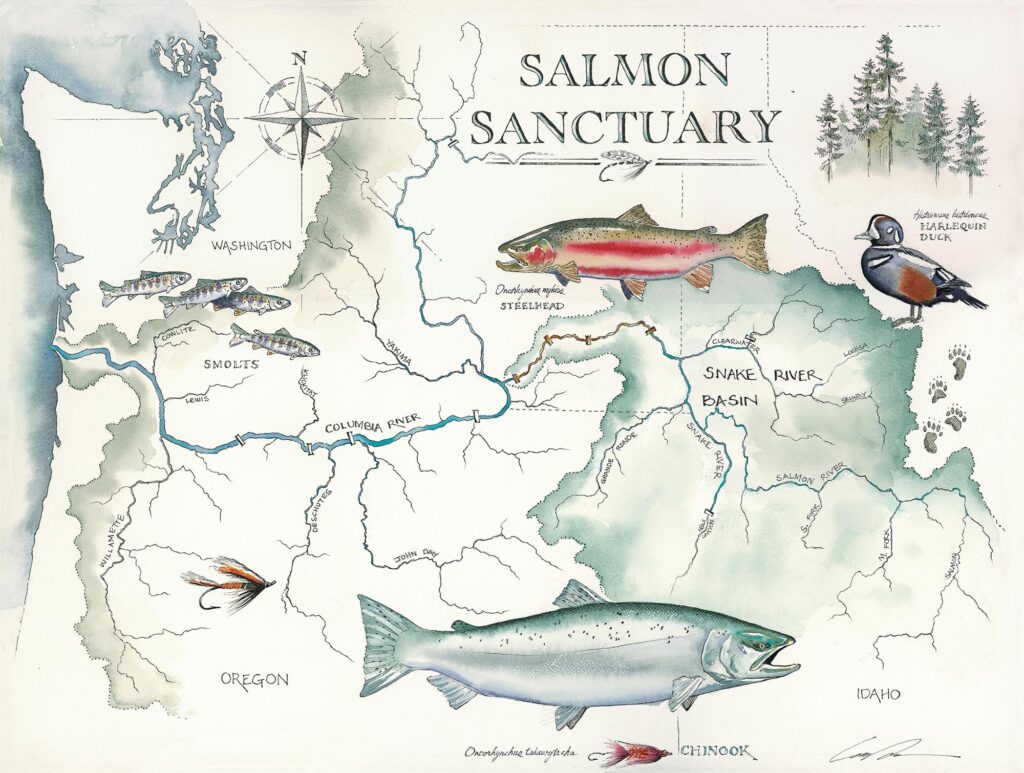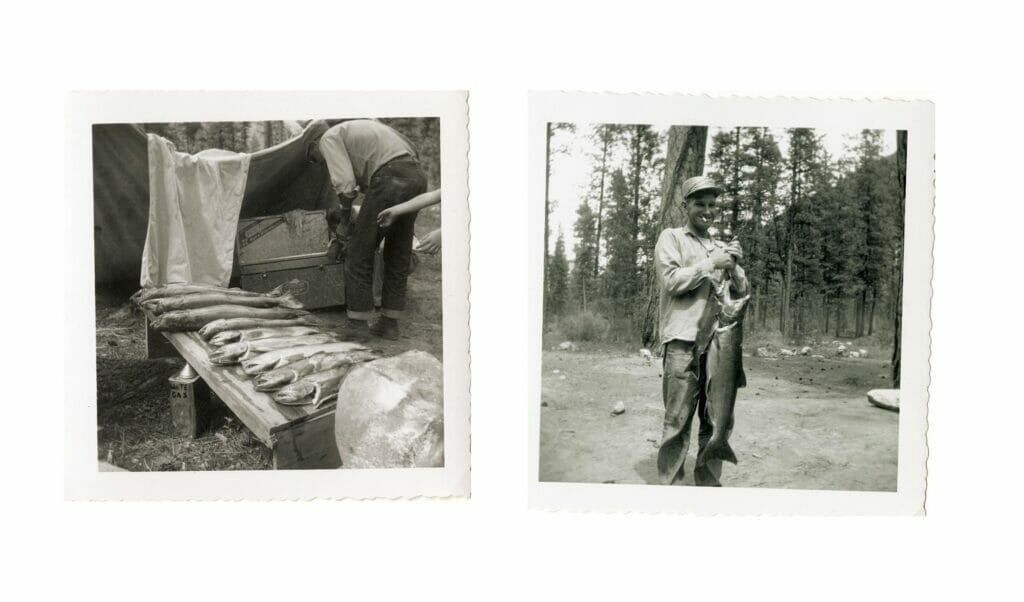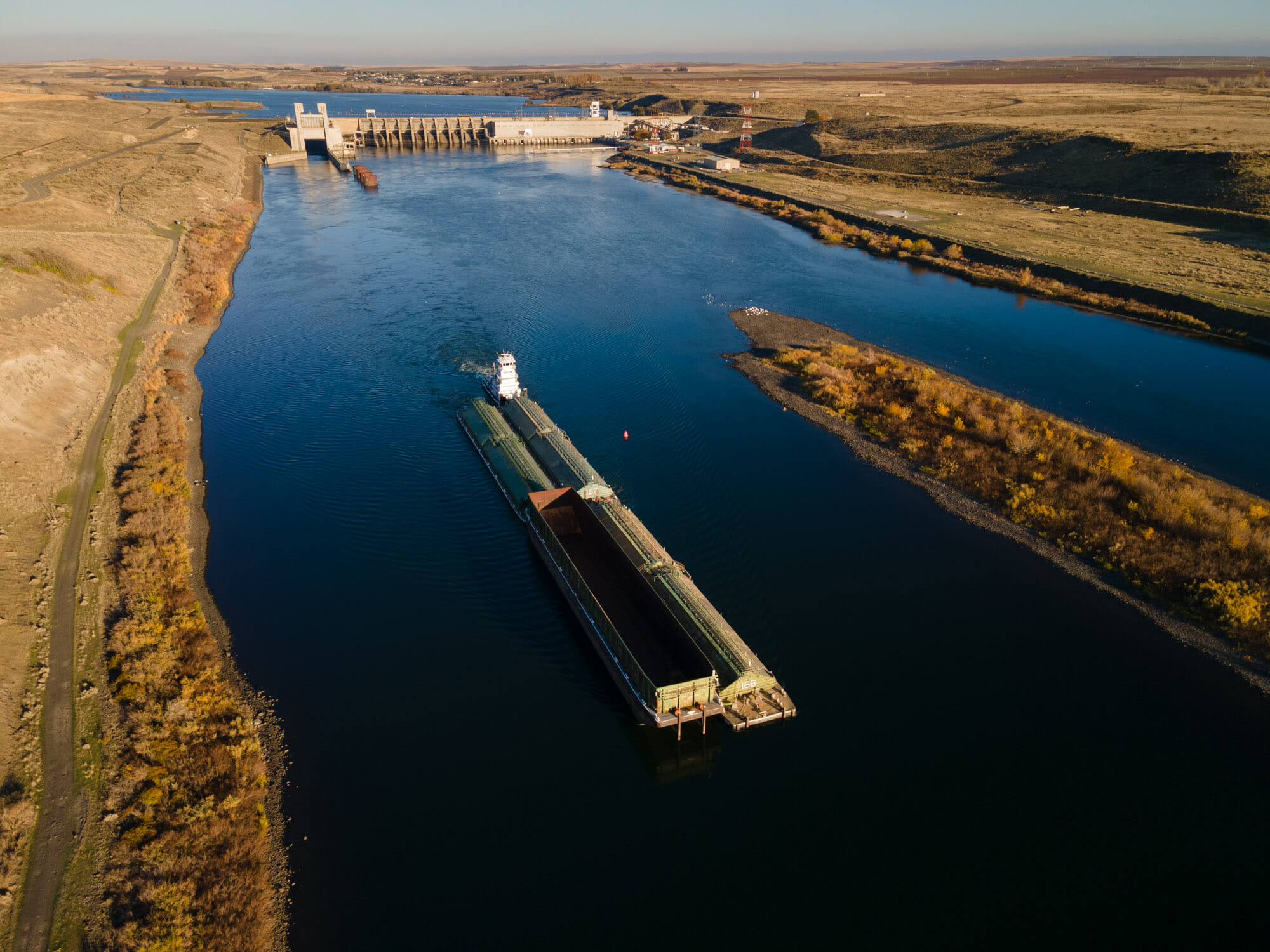Why we turned over an entire magazine to the removal of the lower Snake River dams
The fall issue of TROUT magazine drills down on an issue that is gaining fresh momentum across the Northwest: the effort to remove four dams on the lower Snake River, which would re-open the last best cold, clean habitat for salmon and steelhead in the Northwest.
As the edition hits mailboxes this month, Kirk Deeter, the magazine’s editor-in-chief, talks about how it came together, why the Snake campaign is the next big fight for those who care about fishing and conservation and—this is the most important thing—what we can all do to help make this a reality.
Q: Why did you dedicate an entire 100-page magazine to Snake River salmon and steelhead recovery?
Preventing the extirpation of the most important population of salmon and steelhead in the continental United States is the most significant fishing and conservation challenge of my life. I’ve been an angler since I could walk, and I’ve covered fishing for most of my professional life. There have been a number of benchmark challenges that just stood out in a way that made me feel, “If you really care about fishing and you really care about wild places, you have to do something about this.”
Bristol Bay in Alaska is one example. Before I worked for TU, I latched onto the story of the proposed Pebble Mine as an editor-at-large for Field & Stream magazine. I had been to Bristol Bay and seen what an amazing, unspoiled place it really was. As I learned more about Pebble, I thought, “This is one of the stupidest, most greed-driven ideas I’ve ever heard of.” So I covered it for years. I went back to Alaska many times. I volunteered at the Bristol Bay Academy. I urged the sport fishing community to tune in and take a stand. I also wrote thousands of words in dozens of stories.
I’m for fishing. It’s in my family, and it’s in my blood. So anywhere we’re talking about a situation where an ecosystem might be destroyed, I’m going to stand up and advocate with all my soul against that.
If we were talking about a situation where all the walleye in Lake Erie would be gone within a generation, people would be angry and pay attention. If we said all the redfish in Louisiana—after all the challenges they’ve transcended amid storms, oil spills, and more—would be gone in 20 years, people would be horrified. If we said there would not be any largemouth bass in Florida or Alabama or Texas in 20 years, people would be hopped-up mad.
That’s exactly what we’re talking about when it comes to Snake River salmon and steelhead. It isn’t an issue of what might happen. It’s already happening. So there’s even more urgency.
The only way to save the fish now is to remove the dams. And if we remove the dams, the fish will come back. Period
And these are sacred species—sacred for indigenous communities, sacred for the fishing community, and sacred for anyone who genuinely cares about our nation’s wild resources.
When you really consider the numbers, the potentially permanent impact, and the urgency of the situation, I truly believe this is one of the defining issues for this generation of anglers.
We will be judged by what we do to address it.
So that’s exactly why I threw down and went all in on this issue of TROUT magazine.

Q: We’ve been talking about the lower Snake River dams almost since they were completed in the 1970s. Why is this such an intractable problem?
Because it’s not easy to understand. The tragedy is happening below the water surface, out of sight from the human eye.
There was no malicious intent. Those dams were built with the ideal of progress in mind. Nobody wanted to kill off the salmon and steelhead. We wanted energy, and jobs, and good things. And now many stakeholders are rightly invested in the conversation.
We’ve tried, for as long as those dams have existed, to figure out solutions. Building ladders and diversions for fish to swim around dams. But the problem isn’t “going upstream” for mature fish, it’s “coming down” for juveniles that get ground up in the dams, or struggle through the overheated, slack-water reservoirs behind the dams, or maybe survive the gauntlet weakened only to succumb in the Pacific. Billions and billions of well-intended dollars have already been invested in trying to fix the issue.
But the science is clear. The only way to save the fish now is to remove the dams. And if we remove the dams, the fish will come back. Period.
At the end of the day, right is right.
And I think Trout Unlimited’s brand of pragmatic collaboration, and listening to all sides, and building consensus is the most reasonable path forward.

Q: What do you want people to do next?
I want them to be angler advocates. Old, young … newbies, old-hats … we’re in it together. I want anglers in my home waters of Michigan (and my friends in New York, Pennsylvania, Texas, Georgia, or elsewhere) to stand up and advocate for removal of the Snake River dams.
I want people to respect and appreciate Rep. Mike Simpson and support his efforts.
I want people, whether they like to fish or not, to understand that losing these populations of salmon and steelhead is an environmental catastrophe that could be fixed, that this isn’t a fight we can afford to lose.
That’s a lot of “wants,” I know. I’m not the asking type, and I hope the work earns all of this on its own.
I do have plenty more hopes. I hope anglers everywhere embrace the “conscience,” and I hope they understand that all we pour into TROUT magazine is carefully crafted to foster not only an appreciation for the sport we all love, but also an obligation to pay that forward for future generations. I hope that they like what they see, and read. I hope that inspires them to get their boots wet and fish, and appreciate all of it. I hope they love all that, and have fun, and share that with friends and family.



